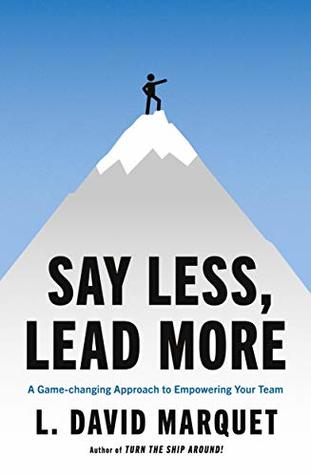More on this book
Community
Kindle Notes & Highlights
Read between
June 10 - June 28, 2024
Few people are inspired by the negative goal of being less bad at something than before. But people are inspired and moved by the possibility of achieving something great, something excellent.
CONNECT IS ABOUT CARING. TO DO THIS: Flatten the power gradient. Admit you don’t know. Be vulnerable. Trust first.
As leaders, we need to be sensitive to the power gradient and take deliberate steps to flatten it.
One way to tilt toward observation over judgment is to opt for nouns over verbs—“performance” instead of “performed”—when discussing any dicey subject. This small shift in language can be powerful when emotions run high.
“What is in the way of being on time to the meeting?”
The idea that emotion does not belong in the workplace is a relic of an era when we didn’t need people to exercise good judgment or make important decisions.
Part of flattening the power gradient involves leaders demonstrating vulnerability and being able to admit they don’t know.
Trust is the result of practicing transparency over time. Trust means I believe you mean well. Whether or not you do well depends on many factors beyond just wanting to do well.
Andy tends to say yes too readily, and his overcommitment leads to stress. When multiple scheduling conflicts result in work that’s not as good as he knows he’s capable of doing, he feels bad. Sometimes it gets to the point that he feels physically ill and just stays home.
chronic stress from working in a place where you do not feel fully appreciated will take a toll on your health.
the redwork, prove-and-perform mindset is superior in the short run for achieving results, but the bluework, learn-and-grow mindset is more adaptive in the long run.
We should think of our careers in chunks, maybe ten or twenty years of doing, followed by a period of learning.
They know that during the COLLABORATE and COMMIT parts of the cycle, the team’s decision will be more resilient if they act as decision-makers and allow the captain to be a detached decision-evaluator.


